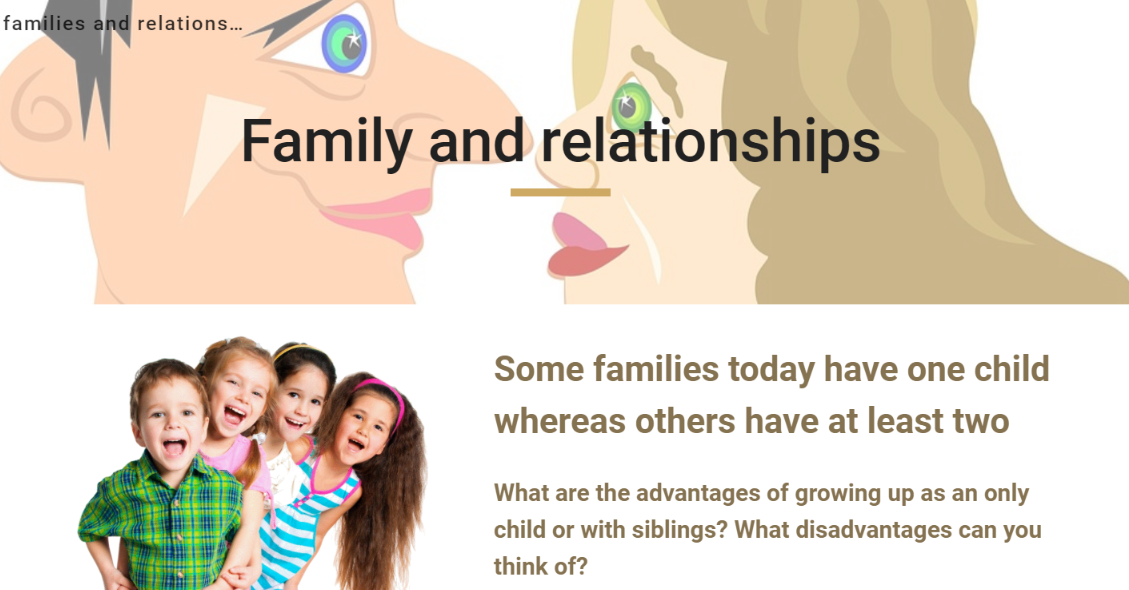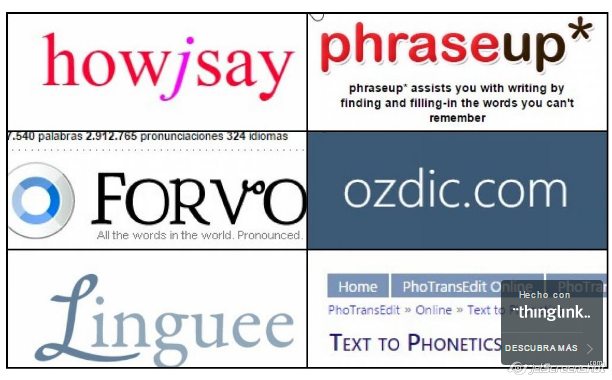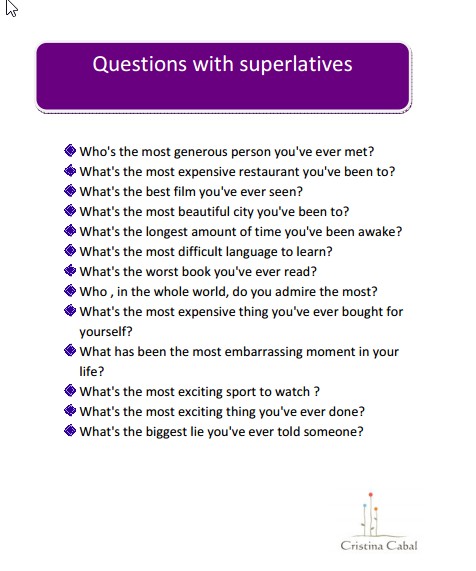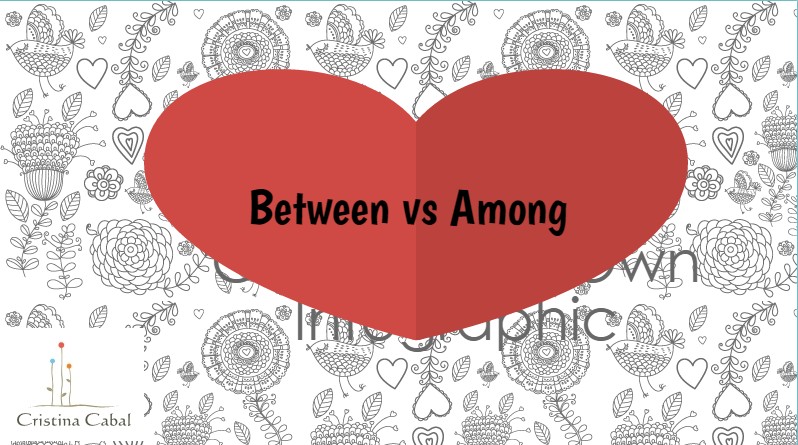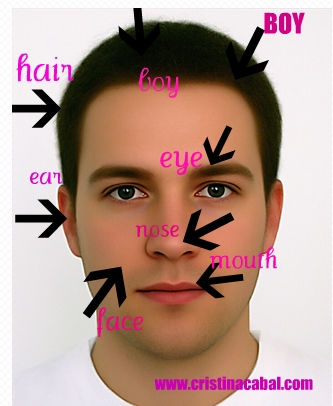Has our lifestyle changed so much that it has affected the way we socialise, date and communicate with our family? Here is a nice visual lesson plan to talk about these issues TASK 1 Look at the picture below. Which of these adjectives would you use to describe the picture? Give reasons
|
Awesome disgusting funny unreal pornographic sexist romantic interesting unusual provocative depressing |
Can you think of any more adjectives? 
Task 2. Introducing &Revising Vocabulary : Dictogloss.
(Dictogloss technique here )
As I normally have large classes I have written two texts containing the target language so I will divide the class into two groups and I’ll dictate the texts in turns, following the dictogloss technique. Texts will be then written on the board or /and a copy of the texts handed out.


TASK 3 SPEAKING
Has traditional dating become a thing of the past? Look at the pictures below showing different ways of dating. In pairs, discuss which ones you prefer, which ones you wouldn’t mind trying and which ones you would never try, giving reasons to support your opinion.

TASK 4. LISTENING: What makes for a good friend. See on youtube
Time to improve your listening abilities. This time we are going to listen for specific vocabulary. Ready?
Listen to a man talking about What Makes a Good Friend and fill in the spaces in the exercise embedded below.
TASK 5 . SPEAKING: A CLOSE FRIEND. Think of one of your close friends. In pairs, ask and answer these questions
- How long have you known him?
- Where did you meet?
- Do you get on well? What do you have in common?
- Do you ever argue? What about?
- How often do you see each other?
- How do you keep in touch? Have you ever lost touch? Why?
TASK 6. SPEAKING.
Students sit facing each other using the speed-dating technique. Some students remain seated during the whole event ( in real speed dating, women remain seated). When the bell rings, students sit across from another student and they use their questions to start a conversation. They need to keep on talking for 3 minutes. Then a bell rings and “men” need to stand up and move to their right to start a new conversation with a different partner and the whole process is repeated again. Instead of a bell so I use a Class Timer (here).
Display with the OHP, on the whiteboard, the pictures with the questions and ask students to talk about the question on the picture for about three minutes. When the time’s up, students change partners and a new picture is displayed.
I have created this slideshow with Google Sites.
TASK 5 Writing. Choose any of the questions in the exercise above and write an essay making sure you use the vocabulary you have learnt in this lesson. Do you need some inspiration? See what other students have written here, here, here and here
I hope you’ve enjoyed the lesson!!
